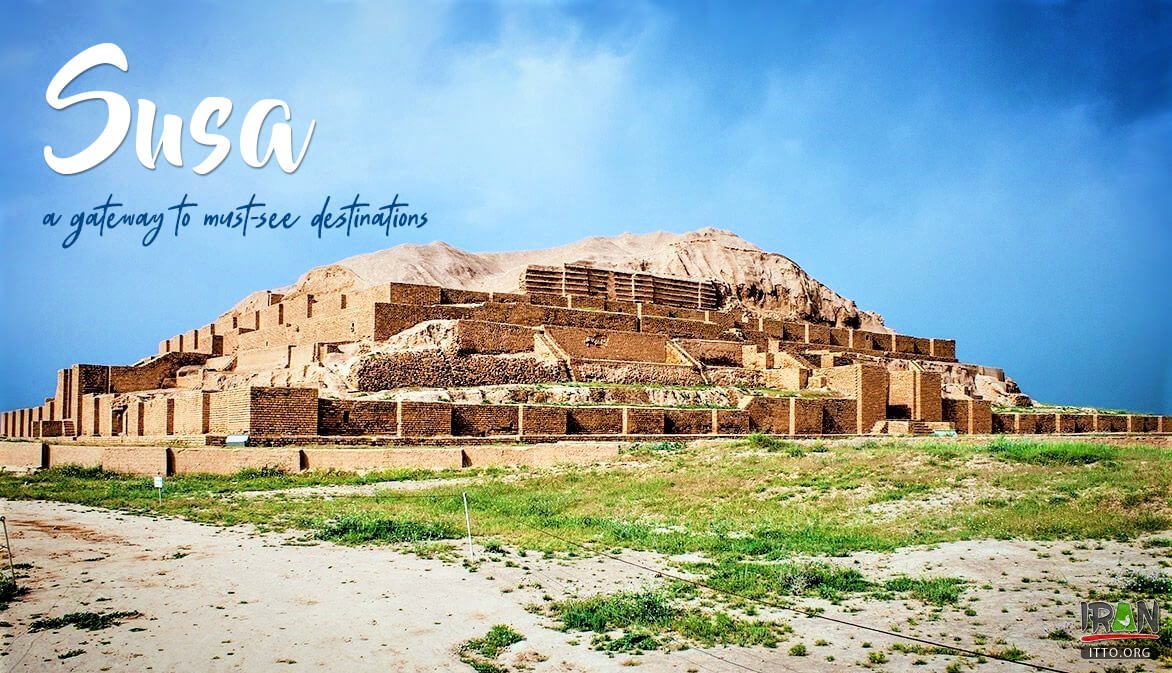In southwest Iran is situated Susa, a captivating UNESCO-listed archaeological site occupying the whole southern flank of modern Shush. Originally similar in scale to the UNESCO-designated
Persepolis, the city saw countless invasions and sackings during its history which spans almost 6000 years.
Furthermore, Susa was once the winter residence of Persian kings after having been captured by
Cyrus the Great. Susa became part of the
Persian Empire under Cyrus II, the Great in 538 or 539 BC.
Various archaeological seasons in Susa have yielded ample relics including pottery, arms, ornamental objects,
metalwork, bronze articles, as well as clay tablets. Susa is also a gateway to several worthy destinations such as the UNESCO-tagged
ziggurat of Tchogha Zanbil, the ruins of Achaemenid Apadana Castle, Shush Castle (Akropol), Prophet Danial Shrine,
Museum of Susa, the archaeological mount of Haft Tapeh.
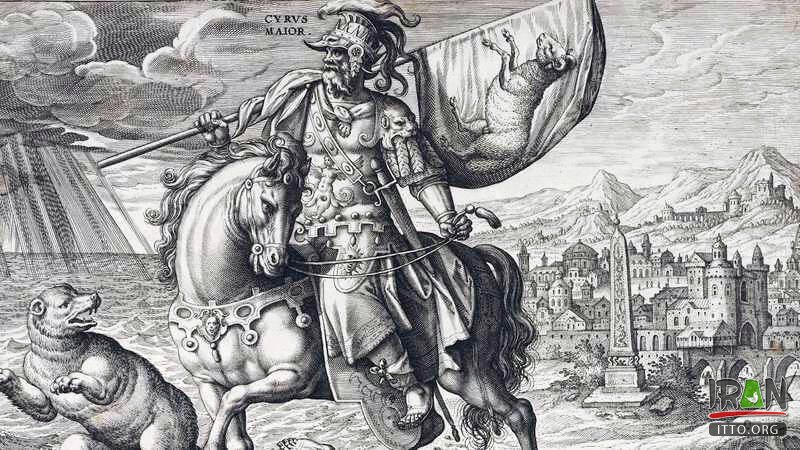
Adriaen Collaert (c. 1560 – 29 June 1618) after an design by Marten de Vos (1532 – 4 December 1603) - One of Four Illustrious Rulers of Antiquity / Cyrus Maior plate 2 of 4 - 1575-1618
Situated in the lower
Zagros mountain range, Susa is identified as Shushan in the Book of Esther and other Biblical books. To the left of the entrance ramp, follow the self-guided signage past date palms into the excavation site of the 521 BC Palace of Darius, the mighty Achaemenid king. To the east lies the Royal City, an area of deep excavations through 15 strata; south of the castle is an eroded earthen watchtower overlooking teenagers riding dirt bikes.
Dominating the landscape on the right is the fortress-like Chateau de Morgan (
Shush Castle), built on the bones of an Elamite acropolis by the French in the early 20th century to protect their loot from marauding tribesmen. It is not open to the public, but there are fine views from the path around the base, including a view of the Tomb of Daniel from the southern side.
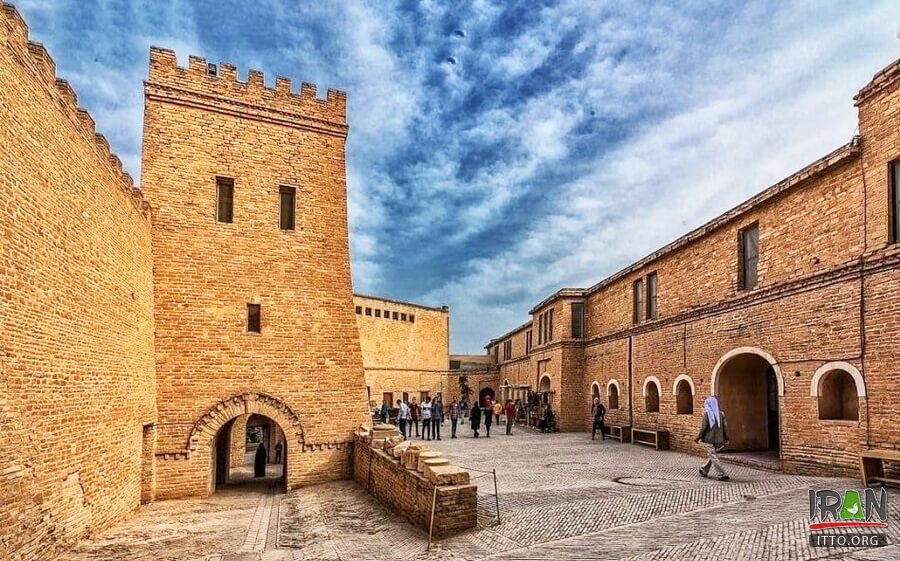
Shush Castle is located in the ruins of the ancient city of Susa in the Khuzestan Province of Iran.
In the Bible, Susa is known primarily from the story of Esther in which Haman the Agagite planned to defeat the Jews of Persia. According to the story, Esther outwitted him by persuading her husband, King Ahasuerus of Persia, to sabotage Haman’s plan. The episode is commemorated every year in the Jewish Purim festival which is marked with costumed parties and other celebrations, according to Ancient Origins.
Susa is also mentioned in Nehemiah and Daniel, both of whom lived in the city during the 6th century BC in the period known as the Babylonian captivity when several Jews were held captive following the siege of Jerusalem by Nebuchadnezzar. A tomb known as Shush-Daniel is believed to be that of Daniel himself. It is capped by an unusual white cone which some believe was formerly a stone ‘Star of David’.
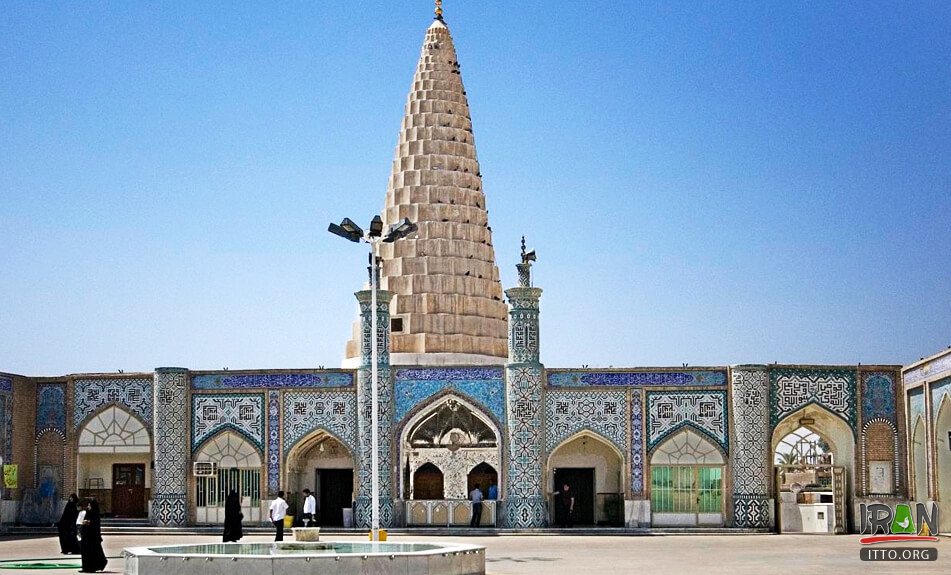
The Tomb of Daniel is the traditional burial place of the biblical figure Daniel.
Archaeological evidence suggests that Susa has been continuously inhabited since 4,200 BC placing it among the oldest continuously inhabited cities in the world. In addition, there are traces at Susa of a village inhabited around 7,000 BC and painted pottery dating from ca. 5,000 BC at the site.
Artifacts discovered at the site include carved cylinder seals, jewelry, clay balls, and clay tablets with cuneiform inscriptions recording business transactions, political history, and mathematical calculations.
It is said that Alexander of Macedonia captured Susa in 330 BC and plundered the city, seizing some 40,000 talents of gold and silver from the treasury.
Alexander the Great initiated Shushan’s decline by favoring Babylon and shortly after, following a revolt, the city was burnt to the ground. Subsequently rebuilt by Sapor II (309-379 CE), it was renamed Iranshahr Shapur and later helped in the resistance against the
Arab invasion of 645.
After the fall of the
Achaemenid Empire and the reign of
Alexander the Great, who married in Susa, the city became part of the Seleucid empire. It was now called Seleucia on the Eulaeus. A palace in Greek style was erected, next to Darius’ palace. The administrative center, however, was in the southern part of the city, where nearly all Greek and
Parthian inscriptions were discovered. In the Parthian age, the city minted coins.
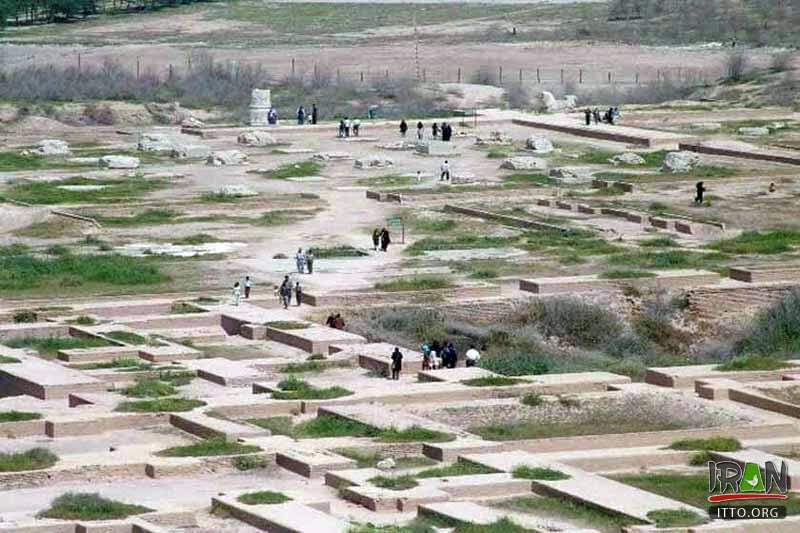
Iwan-e Karkheh Ancient City near Shoush (Susa) - It is a monument from the Sassanide period and is located 20km northwest of the ruined city of Shoosh (Susa).
During the
Sasanian age, the city had a large Christian community. It was sacked by the
Sasanian king Shapur II, who transferred the population to
Iwan-e Karkheh, but Susa was sufficiently recovered in the early seventh century to fight against the Arabs, who nevertheless captured the city which remained important until the thirteenth century CE.
According to
UNESCO, “the excavated architectural monuments include administrative, residential, and palatial structures” and the site contains several layers of urban settlement dating from the 5th millennium BC through the 13th century CE.

